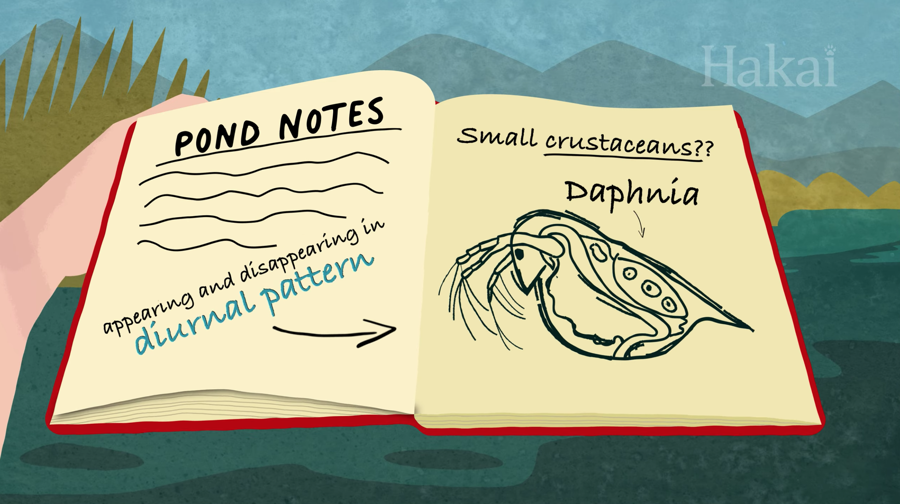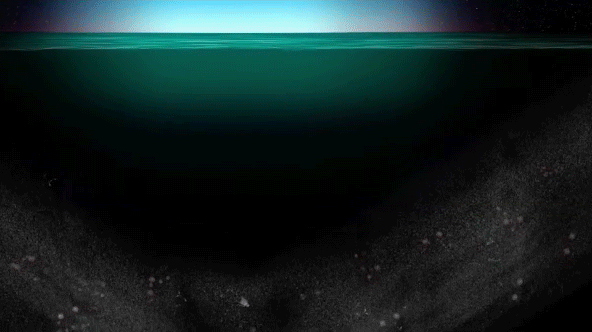“Over 200 years ago, a naturalist in France noticed small crustaceans appearing and disappearing on a pond’s surface in a diurnal pattern—present at night, gone during the day. This observation was a small part of the world’s largest game of hide-and-seek.”
“…and the losers get eaten,” the Hakai Institute explains.
What did naturalist Georges Cuvier witness in this pond? What were the Daphnia (water fleas) and other organisms doing when they disappeared?
Diel vertical migration (DVM) is an ancient procession of aquatic life, a daily rhythm that takes place beneath the waves: Up to the surface of the water at dusk and back to deeper waters before dawn.
And it isn’t confined to a single body of water; it’s a phenomenon that unites zooplankton and small fish in the biggest migration on Earth.
Diel Vertical Migration is also a critical part of Earth’s carbon cycle, “the chemical backbone” of life on our planet. During DVM, zooplankton and other organisms feed on phytoplankton and other organic material. As these organisms consume phytoplankton, they also consume carbon-rich compounds.
When the zooplankton migrate back down to deeper waters during the day, they excrete waste, release fecal pellets, or even die. These materials sink through the water column, carrying carbon and organic matter. This sinking of organic particles is known as the biological pump, and it’s a crucial mechanism for transporting carbon from the surface to the deep ocean.
This process removes carbon dioxide (CO2) from surface waters, helping regulate the global carbon cycle and contributing to carbon sequestration in the deep ocean.
This NASA animation visualizes this pattern:
Watch more Hakai, migration, and microbiology videos on TKSST, including:
• What is Ocean Stratification?
• The Fiercest Ocean Predators (that are also super tiny)
• Pond Scum Under the Microscope
• The Pond On My Window Sill, a DIY ecosphere experiment
Curated, kid-friendly, independently-published. Support this mission by becoming a sustaining member today.




